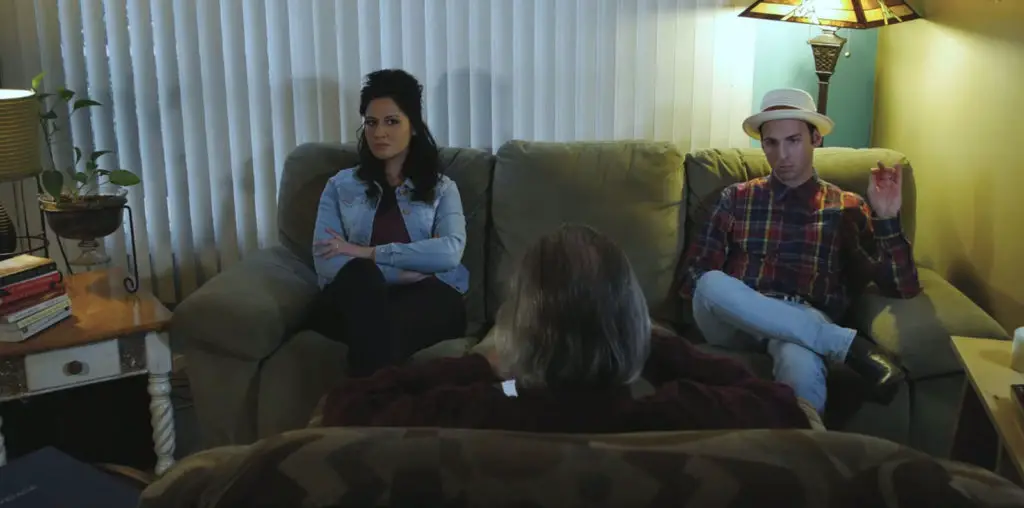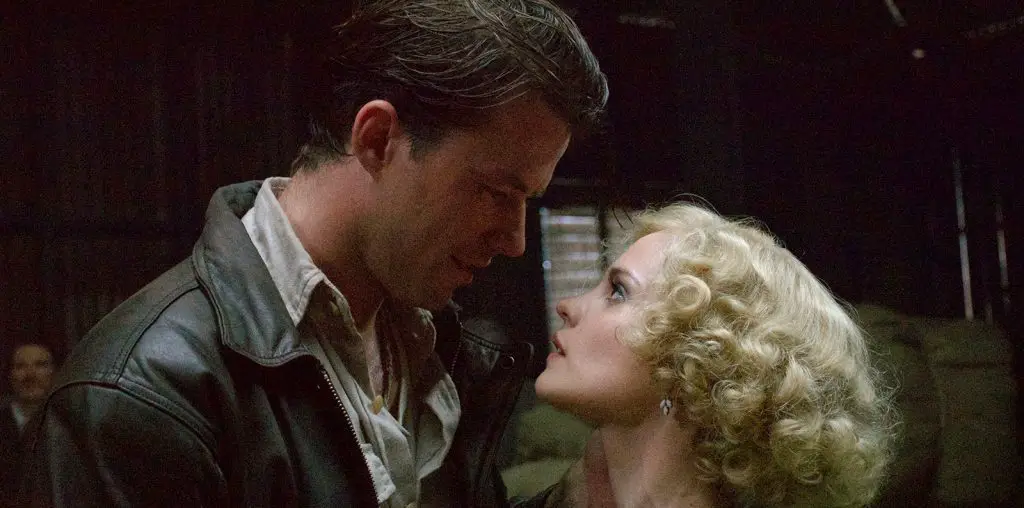
Despite some stiff acting and a strong reliance on the time-worn war film formula (soldiers ducking on the ground and screaming into their two-way radios as enemy fire closes in on them), Adam Valuckas’s World War II short “Panzer Corps” succeeds because of its powerful finale and surprisingly convincing battle scenes. Shot on black-and-white video, the film recalls other forest-battle epics, most notably Elem Klimov’s “Come and See.” While Valuckas does not manage to duplicate that film’s raw power, he does leave the viewer with a head full of smoke and the percussive echoes of bullets. That, after all, should be a director’s number one aesthetic aim when directing a war film.
Opening with a newsreel intro straight out of “The Road Warrior,” “Panzer Corps” posits an intriguing “What if?” scenario as its premise. If America had focused all its attention on the Pacific during the war, Germany would be free to extend its reach over Europe. America manages to neutralize Japan but gives Hitler carte blanche on his whole world-domination thing. The film’s central action begins in the late 1940s, when Germany and Russia, two of the remaining world powers, are stuck in a bloody border conflict. The main characters are four German soldiers on a quest to halt the Russian forces. While most of the soldiers grudgingly follow the high command’s orders, the inquisitive Mueller (Justin Hopkins) begins to doubt, fearing that the newly-invented atomic bomb may change the course of the war.
Valuckas offers some highly-memorable images along the way. The soldiers march leisurely up a grassy hill, a flock of birds gliding prophetically overhead. The final shot, in which the aftermath of a battle is framed once again as part of a newsreel, is an appropriate ending point. The combat scenes are set to classical string arrangements, the only form of music capable of matching the otherworldly drama and singular horror of battle.

